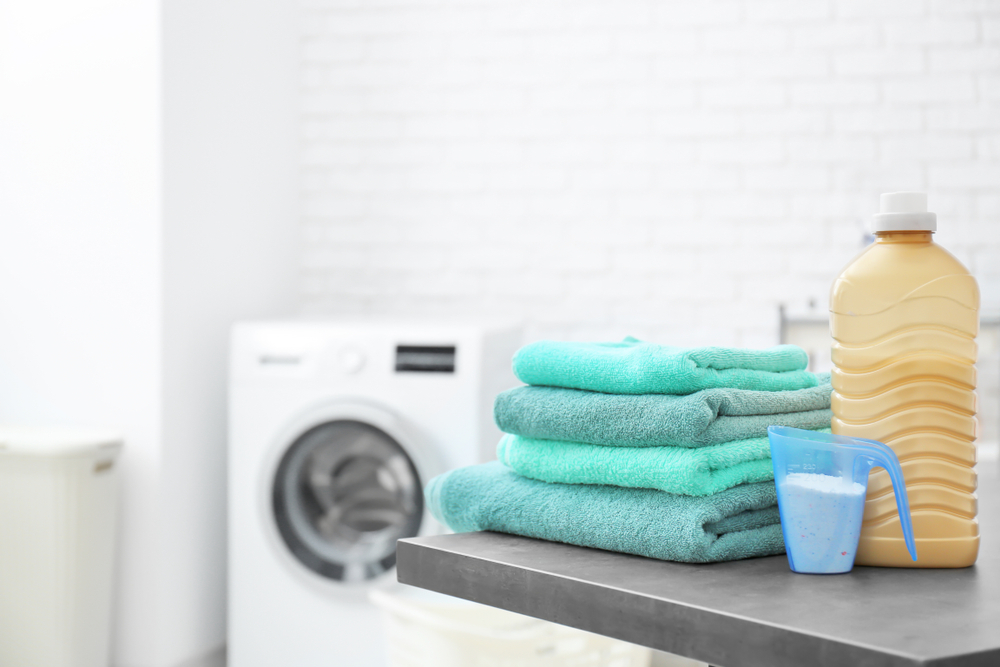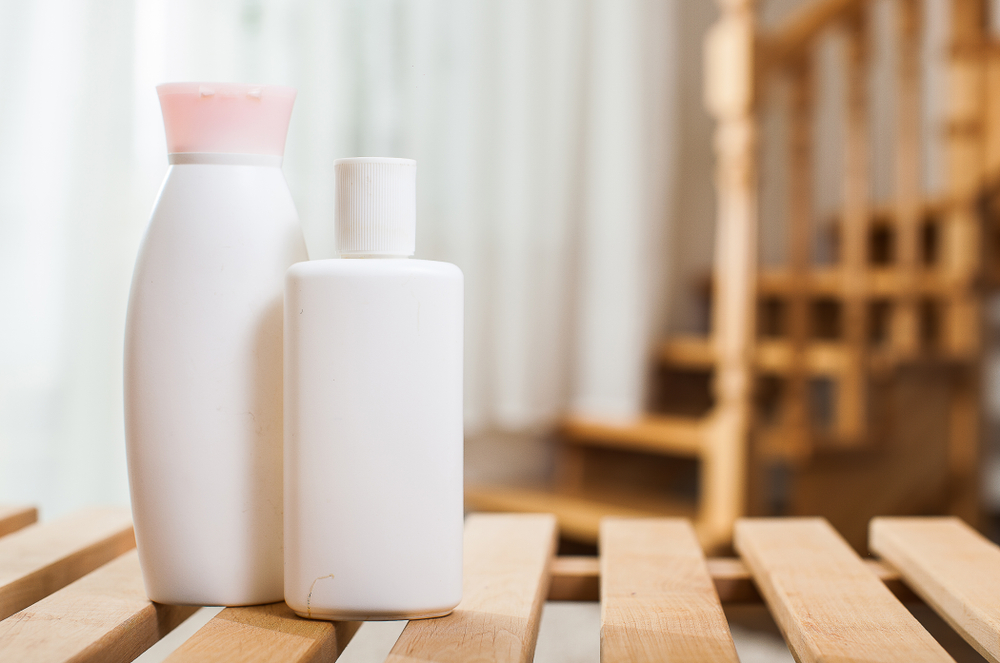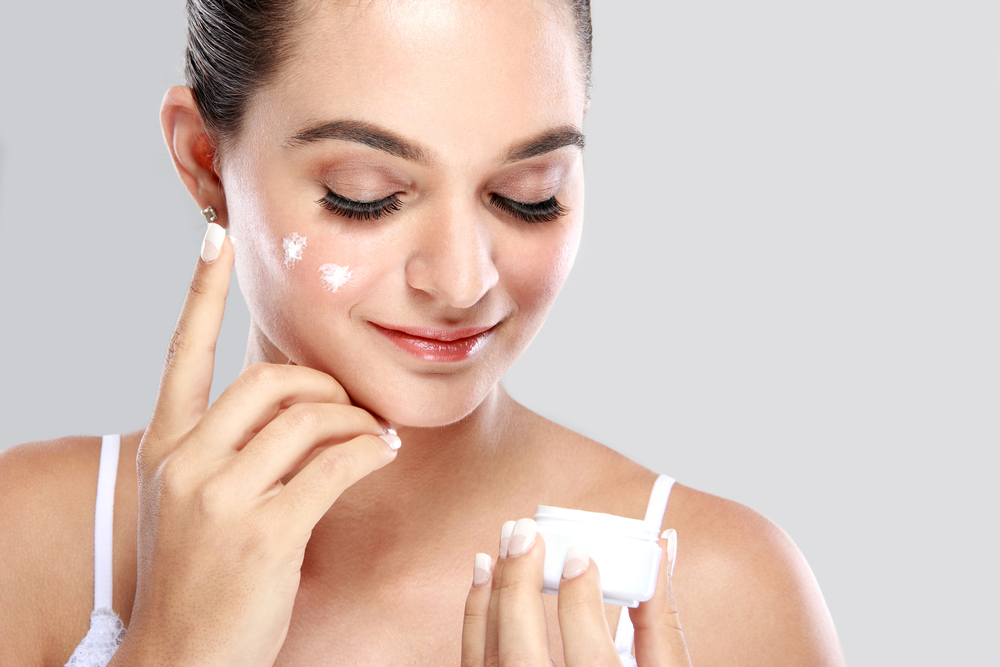- The skin barrier plays an important role in protecting the skin from allergens and bacteria.
- Chemicals in soaps and detergents can disrupt the normal functioning of the skin barrier and cause allergic reactions.
- Antibacterial soaps can also make the skin susceptible to allergens and immune reactions.
Allergies can really get under your skin — even if they only appear to be skin deep, like the ones caused by soaps and detergents. To make matters worse, products labelled “hypoallergenic” and “dermatologist-approved” can still contain serious allergens.
Read on to find out what causes these allergies to common household cleaning and personal care products, and what you can do to avoid them.
How skin allergies occur
Allergies caused by the skin’s reaction to chemicals contained in soaps, shampoos, cosmetics, and detergents are all covered by the umbrella term “contact dermatitis.”
According to Dr. Tania Elliot, one of New York’s leading allergists and Chief Medical Officer at EHE International, a preventive health company, “The skin is the largest organ of the immune system and it is primed with allergy cells. Some people have more allergy cells than others due to genetic and environmental factors, and are more prone to skin allergies.”
The skin has three layers: the epidermis, the dermis, and the subcutis. Of these, the epidermis is the outermost layer and the part of the skin that is in contact with the external environment.
Allergens that come in contact with the skin are taken up by a type of epidermal cell known as the Langerhans Cell (LC). These cells process the allergens and take them to the regional lymph nodes, where they set off an immune reaction by activating T cells.
The activation of LCs is initiated by epidermal cells known as keratinocytes, which are responsible for producing keratin. In this manner, chemical allergens initiate the allergic reaction by disrupting normal epidermal function.
Chemicals in cleaning products that cause allergies
What makes soap and detergents particularly problematic is the fact that their components are often undisclosed. To confound matters, many of these chemicals don’t even directly contribute to cleansing.
“The more ingredients a soap or detergent has, the more likely the chance of allergy,” says Dr. Elliot. Here are a few of the most common culprits.
- Fragrances
Fragrances are considered the leading causes of allergies. For instance, cinnamic alcohol and hydroxycitronella are two floral fragrances that are often used in deodorants, laundry detergent products, and toilet soap.
“Fragrance — including natural fragrances — are the most common contact allergens,” Dr. Elliot confirms.
- Sodium lauryl sulfate
Sodium lauryl sulfate — an inexpensive foaming agent that behaves similarly to soap — has been known to affect the production of keratinocytes.
“There are quite a few of soaps and detergents on the market that contain serious allergens,” confirms health and wellness expert Caleb Backe of Maple Holistics. “This is because these ingredients are a cheap and quick way to make the soap cut through dirt and neutralize (or mask) bad odors. Quick and efficient, but not necessarily healthy.”
- Formaldehyde
Another well-known allergen in soaps and detergents is formaldehyde. Although it’s rarely used in cosmetic products, many soaps, shampoos, and detergents continue to use preservatives that release formaldehyde in the presence of water.
- Cocamide diethanolamine
Researchers are also investigating cocamide diethanolamine (cocamide DEA), an ingredient frequently used in cosmetic products, including shampoos and liquid hand soaps, for its foam-producing properties.
Although instances of contact dermatitis with cocamide DEA are rare, it has shown a propensity for disrupting skin barrier function.
- Wheat proteins
Allergic reactions have been reported among users of facial soaps containing wheat proteins. Hidden food allergies are believed to have been at the root of such occurrences.
But according to Dr. Elliot, “If you have celiac disease, putting wheat-based products on your skin shouldn’t be an issue unless the product is swallowed.”
- Methylisothiazolinone
A number of products labelled “gentle,” “sensitive,” “100% Natural,” “dermatologist-recommended,” and “hypoallergenic” also contain methylisothiazolinone, a documented allergen. These include children’s shampoos, bubble baths, body washes, and baby wipes.
Dana Todd is an activist and amateur lobbyist who runs an online campaign against the use of methylisothiazolinone and its variants in skincare products. Says Todd: “We have been trying as amateur lobbyists to get attention to this matter, and we succeeded in getting a partial ban in Europe, but we are far from finished. This stuff is now in so many products.”
Antibacterial soap and allergies
Soaps that claim to protect you against bacteria might, in fact, be responsible for opening the door to other complications. This, again, is due to the specific chemicals in the soap that are associated with an antibacterial effect.
For example, triclosan, an ingredient often used in antibacterial soap, has been linked to allergies. Although effective against many strains of bacteria, it is believed to be detrimental to the immune system because it also compromises some of the good bacteria of the skin, mouth, and intestines.
To compound matters, triclosan belongs to a category of compounds called xenoestrogens, the activity of which involves interference with estrogen binding in the human body. Xenoestrogens have, in recent years, been suspected of being carcinogenic.
As such, the detection of triclosan in the blood, breast milk, and urine of users of personal care products has raised concerns about its effects on human health.
How to diagnose soap and detergent allergies
Through a patch test, your doctor might be able to determine whether you have contact dermatitis. During such a test, small amounts of potential allergens are applied to sticky patches that are then placed on your skin.
The patches remain in place for two to three days. During this period, you’ll be expected to keep your back dry. After the patches are removed, your doctor will check to see whether there are any allergic reactions on the spots where they were placed.
Dr. Elliot adds, “It is important that when you go for your visit you bring in the products you use regularly so that all of the ingredients can be tested.”
If you suspect that a product you’re coming in contact with is causing contact dermatitis, you could conduct your own home patch testing under the direction of your provider.
Many suggest applying the substance on the inside of the elbow overnight with a bandage (assuming you don’t have a known allergy to adhesive). If there is no reaction in the area after 48 hours or so, then it is likely you may not have a sensitivity to the product in question.
Treatment for soap and detergent allergies
Prescription medications are often used to relieve the signs and symptoms of contact dermatitis. These include steroid creams and ointments, oral corticosteroids, and antihistamines. At present, the efficacy of cannabis-derived compounds, such as cannabidiol (CBD), is being investigated.
Ultimately, the first step towards the treatment of soap and detergent allergies is to eliminate the source of the problem.
Backe says, “The first thing you do when treating an allergy to soap is to temporarily discontinue the suspected culprit and just use a tried and true product that you know won’t break you out into hives. Depending on the nature of the allergy, antihistamines, cortisone, and calamine lotion will calm and relieve mild to moderate symptoms.”
There is light on the horizon
While there are many products of concern on the shelves of pharmacies, there is plenty of reason for optimism.
“Luckily, companies are actually listening to consumers that want gentler products with fewer chemicals in them,” says Backe. “We are seeing more and more sulfate free, paraben free, and fragrance-free soaps and detergents on the shelves of stores and markets. Dove and Aveeno are particularly good brands to look at.”
Hopefully, as consumers get more educated, they will pressure companies into providing products that are more sensitive to the needs of their skin.
» To find out more about contact dermatitis, meet our Medical review team to get online consultation regarding the next step.









